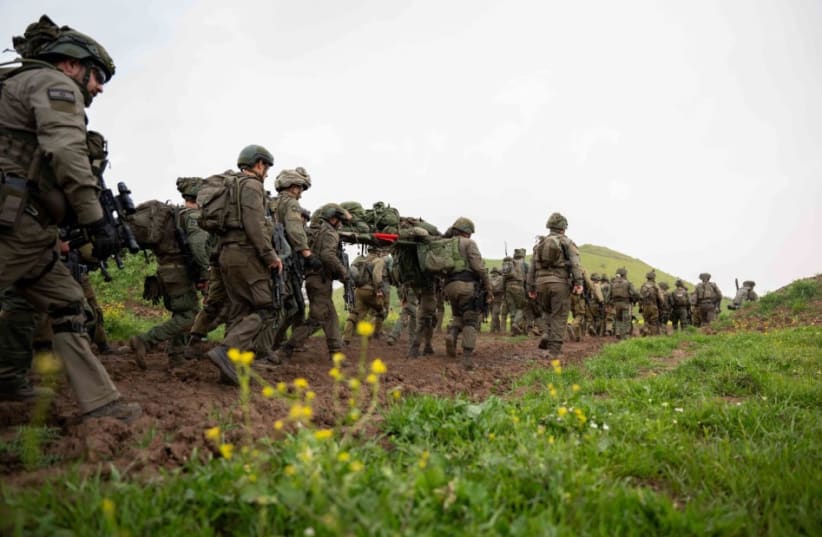
A DECISIVE MOMENT: FINISHING IN GAZA AND MOVING ON TO THE NORTH
Prime Minister Binyamin Netanyahu convened a security meeting on Sunday with military chiefs.
A statement published by the Prime Minister's office following the meeting noted that the discussion focused, among other things, on the development of the fighting in the Gaza Strip, with an emphasis on the fighting in Rafah.
They also discussed continuing to apply military pressure on Hamas. The statement also mentioned the list of those who participated in the meeting, among whom were the defense minister, the national security council chief, and the IDF chief of staff.
However, the statement did not mention the plans for the North or the “talkbacker” ministers who were not invited to the meeting.
The prime minister understands that Israel is at the exhaustion stage of the last phase of the fighting in Gaza. The IDF managed to deal a significant blow to Hamas. Now, we need to calculate the exit route and move to the third phase: on the military tactical level, targeted raids based on intelligence. On the political level, creating a governing alternative to Hamas, responsible for the daily management of Gaza, from food distribution to municipal services.
While the discussion was taking place, the fighting continued on the northern border against the Iranian threat by its proxy. Hezbollah launched a drone that hit a group of soldiers, one of whom was seriously wounded. Seventeen were moderately and lightly wounded.
A decisive moment
The European championships, the French elections, and US President Joe Biden do not divert international interest and concern from the question of fighting on the Israel-Lebanon border. We are facing a decisive T-junction.
The commanders of three divisions out of the four that met with the prime minister are already busy on two fronts: fighting at peak intensity in Gaza, at the same time planning the combat plans for the North.
In the Northern Command, Major-General Uri Gordin knows better than anyone that it is not certain that after Rafah and Shejaia, maneuvering divisions will be dispatched to the North and expropriate the Hezbollah formations. That's why Gordin is taking action.
In recent months, he has been increasing the pressure. Every day at noon, in the Northern Command headquarters in Safed, he sits with the soldiers, who approve attack plans and update the target bank based on intelligence. The mission is twofold: to exact a heavy price from Hezbollah and to deprive it of human capabilities and assets. Beyond that, the Northern Command wants to create a balance of fear between Israel and Hezbollah, so that no offensive plans will be planned in Lebanon.
According to the summary of the last four days, 11 Hezbollah members were eliminated by the IDF, three of them Sunday morning. This is what led Nasrallah to fire 25 missiles at the North on Saturday night, and this is what led him to launch the drone to the northern Golan Heights on Sunday. In the coming days, there will be more information regarding the decisions regarding the end of the fighting in Gaza.
In Lebanon, they understand that the moment of truth is approaching. Now, the question is how Nasrallah will act. Will he continue on the path a path similar to the past days, where he only reacted to painful hits, or will he do a reversal and initiate an escalation to drag the world to intervene and force the cessation of fighting in the North.
2024-07-01T06:39:33Z dg43tfdfdgfd